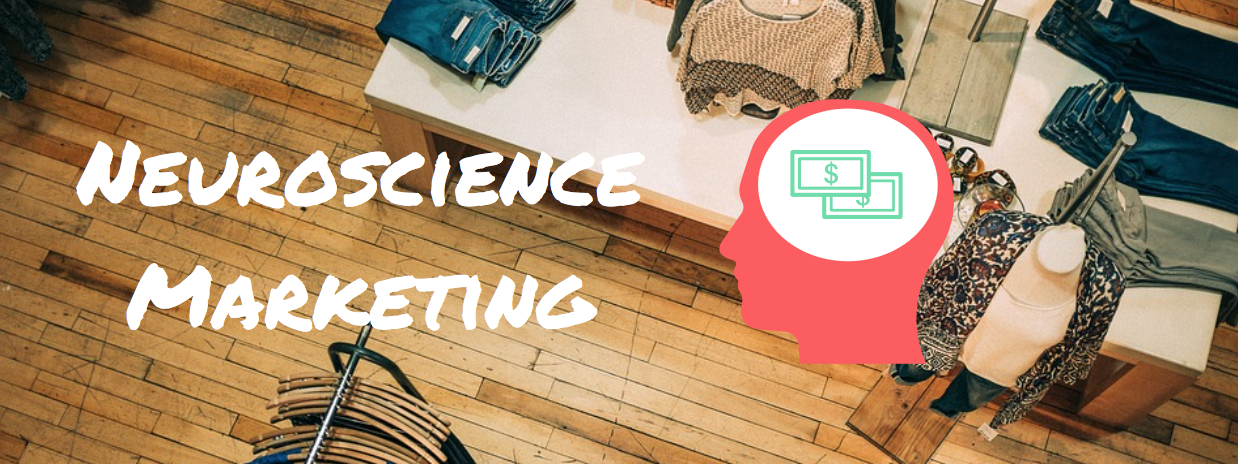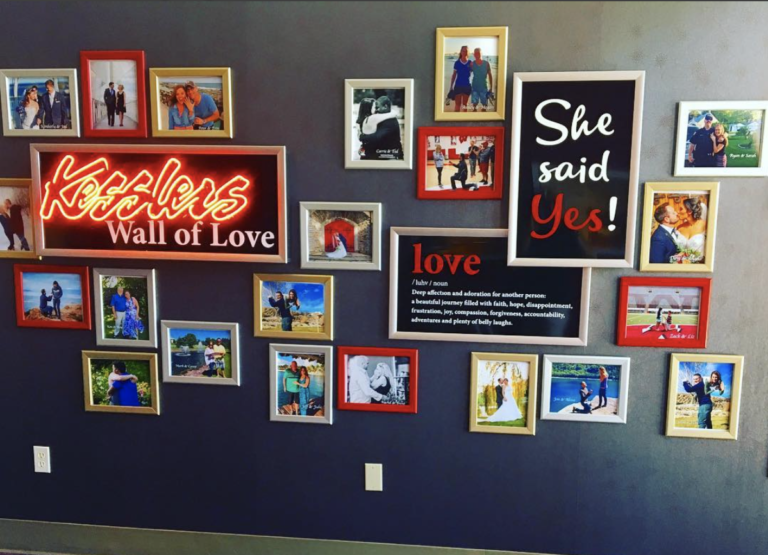
Our President, Lyn Falk, and Brand Strategist, Laura Leszczynski, attended the National Shopper Brain Conference in Chicago, IL last month. They listened to 15 well-vetted neuroscience experts from around the world. Much of what they heard confirmed theories and research they were aware of, along with some new and always fascinating research about how we as consumers: become aware of information, process that new information, and make decisions in a retail environment.
Here are some highlights from that conference (call us if you want Lyn or Laura to conduct a presentation to your staff on all the findings):
-Most customers only remember three things 48 hours after their experience in a store. What three things do you want your customers to remember?
-Our reptilian brain (System 1) is the automatic, responsive part of our brain that quickly responds to our surroundings. It is most attracted to:
-Our rational brain (System 2) stops, thinks, and processes information. Learned behaviors (cultural influences) greatly affect how we perceive new information.
How are your store’s design/layout and displays appealing to your customers’ reptilian brain?
-Emotionomics: We’re more likely to remember an experience that connects to emotion. What kind of emotional experience are you creating for your customers?
-Stories evoke strong emotions. They create visual pictures. We were picture-makers long before we were writers. Stories and pictures get to the heart of our emotions and activate our brains as if we’re experiencing the event, thus making a connection. What stories are you telling in your store?

-Expectations influence perceptions. In other words, the placebo effect is alive and well. Does your message meet expectations? When it does, you increase/aid customer decision-making.
-Our brains will filter out clutter to focus. However, if there is too much visual clutter, then the brain stops, the customer moves on and the sale is lost. Sensory elements have to support (not detract from) visual design. How much “brain clutter” is currently in your store?
-Retail environments today need to have a “social” factor. Millennials don’t do anything alone. They’re always with their mobile devices, so they’re always connected to someone. How is your store creating a “social” factor?
-The “nudge” factor = unconventional, quirky, low-cost, simple things that can change behavior. Ask us how to “nudge” your customers.